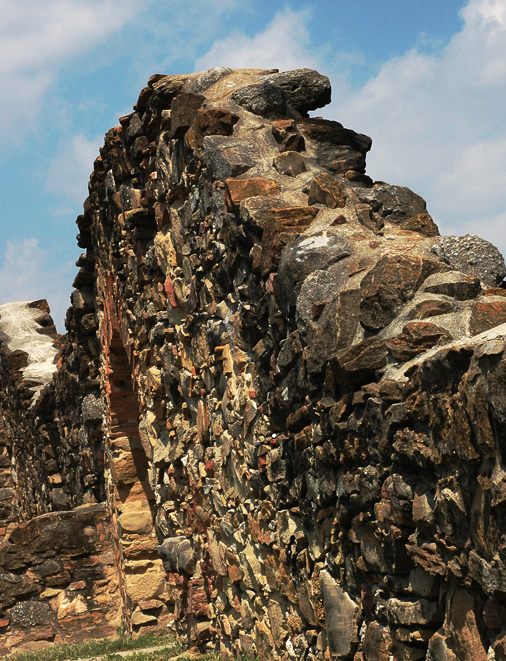San Antonio & Picante Paper Studio
Not too long ago, I made a road trip to San Antonio, Texas to see the city and make some pulp paintings at the Picante Paper Studio at the Southwest School of Art. The visit was my award won at the 5th National Collegiate Handmade Paper Art Exhibition, shown at Rutgers and the Corcoran Center. Thank-you Beck Whitehead for being a great host!
Images:
I started by spending time drawing a several different sites around San Antonio, including the Mission Espada, built in 1742 by Franciscan Monks.
This is part of the Espada Aqueduct, which is still functional today. The aqueduct brought water for crop irrigation, allowing the city to grow in the middle of arid land.
This sink hole is north of central San Antonio, and happens to house one of the world’s largest concentration of mammals, specifically, Mexican Free-Tailed bats. You can see the swarm on the Doppler Radar!
Part of the reason for this sinkhole and the pure water of the San Antonio springs is honeycomb limestone, part of the very large Edwards Aquifer. Geologists speculate that water filters through to the water table, giving San Antonio its artesian water supply.
Sorry for the grainy photo, but it was pretty much dark when the bats finally emerged from the Bracken Bat Cave. We definitely smelled them first, then heard the beating of their wings and finally saw them with the help of our guide’s night vision telescope and binoculars.
The Picante Paper Studio is part of the Southwest School of Art , and what a beautiful, light-filled studio it is! It was a pleasure to be able to make work there for a day.
Beck Whitehead‘s amazing paper pulp paintings.
My paper pulp painting in progress. I based this on a drawing from the Mission Espada ruins, and made a fairly large grid of individual sheets that make up the whole painting. Pulp painting is what it sounds like; using pigmented, wet paper pulp to make a painting. In this case, I made a base sheet with abaca pulp and used squeeze bottles of watered-down pigmented cotton pulp to paint with.
A larger view, with my pulp painting to the right and a set-up of two hydraulic presses back-to-back on the left. After I finished the pulp painting, it was pressed for strength and to remove water from the paper fibers.
Yours truly in action! With a ketchup squeeze bottle, of course.
Papermaking wool felts hanging to dry in the paper studio. These are used to press/couch freshly formed sheets of paper onto, since they retain water very well.
The Picante Paper Studio’s drying room. What a great drying system! My paper is in part of the stack to the right.
A shelf of large mold and deckles for making paper.
The finished pulp painting! Conveniently comprised of individual sheets that make up a grid.















